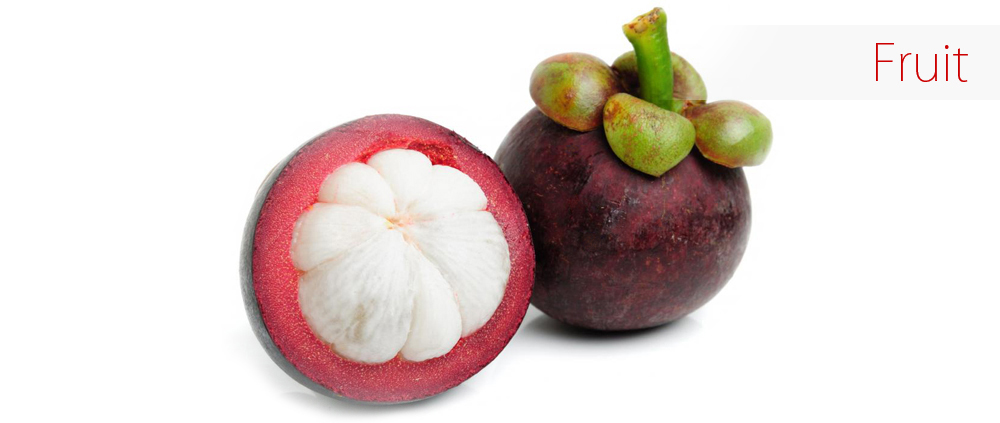
Mangosteens(Garcinia mangostana) |
|
Benefits of eating Mangosteens
|
Mangosteen is a small and very-slow growing evergreen tree found in the tropical countries throughout Asia, such as Thailand, India, China, Indonesia, Cambodia, Singapore, Malaysia, Burma, Vietnam and the Philippines. The tree is also found in Hawaii and tropical Northern Australia. The tree grows to a height of 20 to 82 feet and bears leaves measuring 10 inches in length and 1½ to 2 inches in width. The superfruit mangosteen is made up of three parts, namely, the mangosteen pericarp, the pulp and the seeds. Similar to tangerine or mandarin orange, mangosteen has a dark purple/reddish rind and white flesh. It is sometimes called the “Queen of the Fruits” in honor of both its flavor and economic importance. The healthiest portion of mangosteen fruit is its rind. Read through the following lines to know more health and nutrition benefits of eating mangosteen. Also, explore its nutritional value.
Contact us if you are looking for a supplier for your store |


